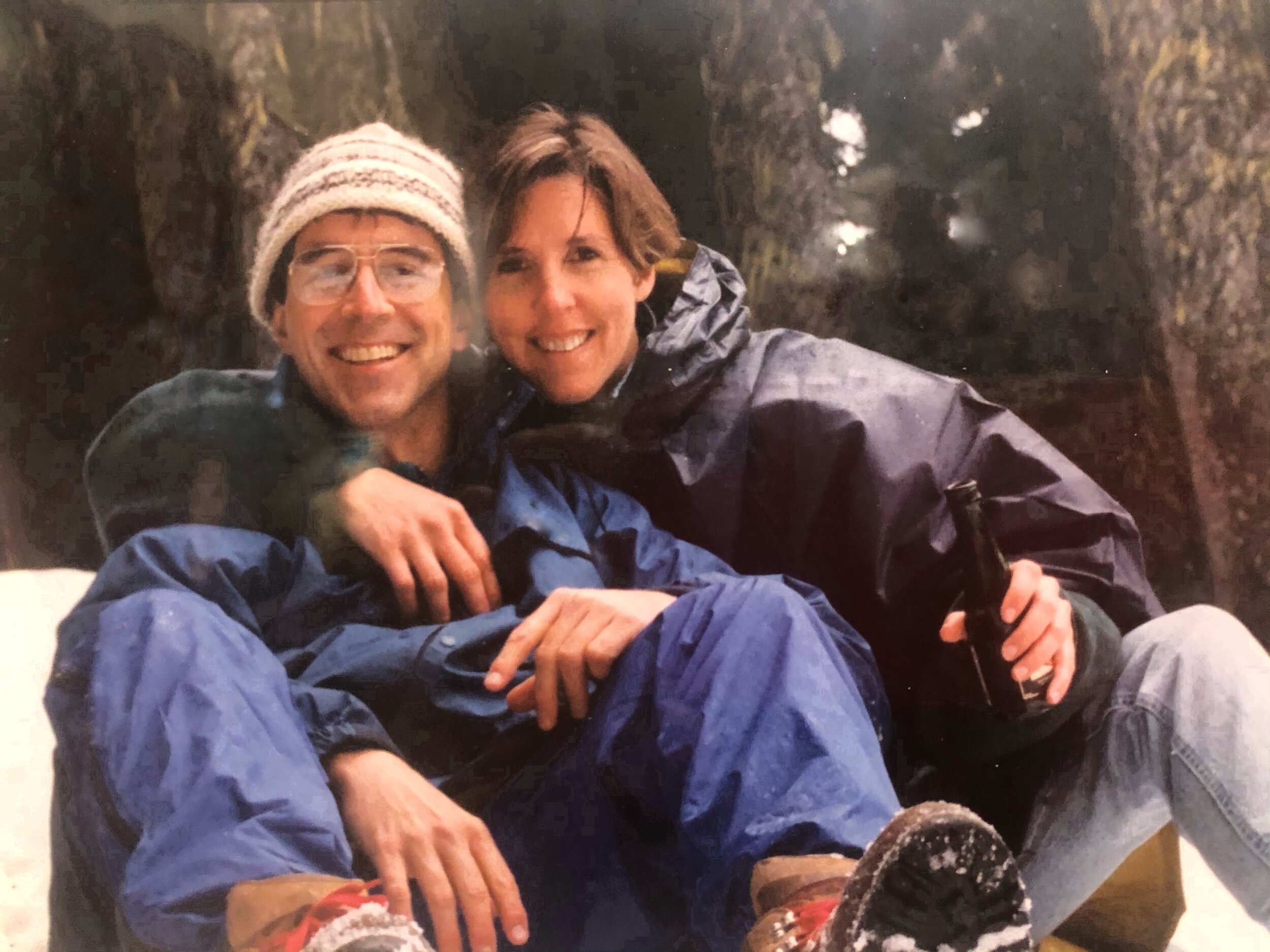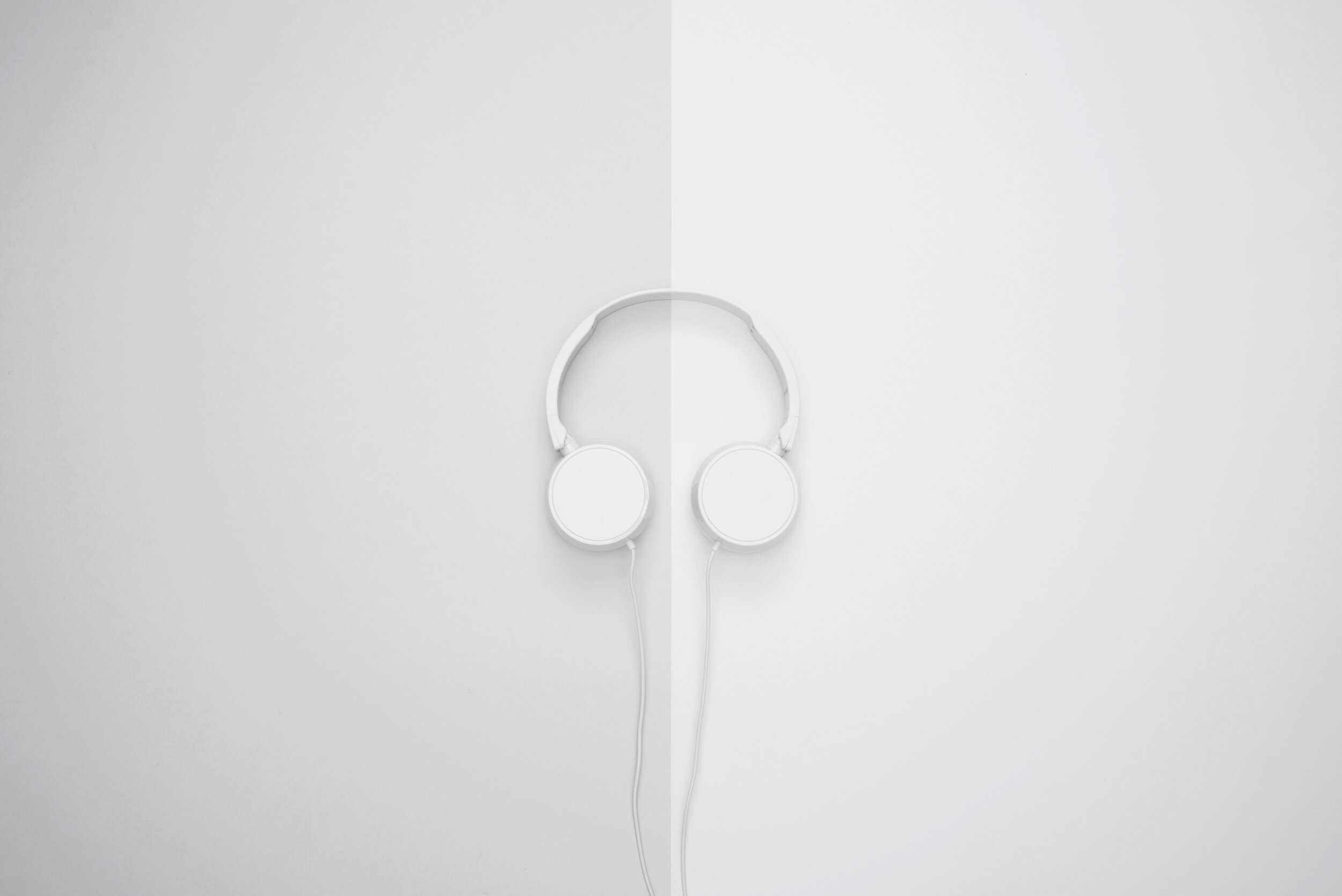When the seriousness of the pandemic hit, it was quickly apparent that we needed to find a new way of working out. Going to a gym was no longer an option, and we weren’t ready to put our name on the waiting list for a Peloton. A neighbor had told us about a nearby logging road a fifteen minute drive from our house that he loved to explore with his malamutes. It was rarely used and had views that were worth the effort.
On April 11, 2020 we decided to check it out
We headed uphill, our dog Gracie at our heels with her hunter’s orange vest on since she is the color and size of a small bear. Within minutes it was apparent that if a good workout was what we were looking for, we had found it in this logging road.
From the first step it heads straight uphill for 1.7 miles. 2445 steps to the top, it has an elevation gain of just under 1000 ft. Talking on the way up wasn’t much of an option, but somewhere along that 1.7 mile, 2445 step slog I managed to gasp “Thank you Tom.”
And I’ve said it every trip to the top since.
So just what am I thanking him for?
On that first trek up I was thanking him for being willing to hike this road as a way to stay strong and healthy as we weathered the Covid storm together.
But now, with well-over 100 trips to the top and back?
It’s about thanking him for living life side-by-side through the thick and thin of it all, apologizing and accepting apologies, reflecting on a conflict on the way up so that we can resolve it on the way down, creating sacred rituals one footfall at a time, making new plans and jettisoning old ones, and navigating the slippery slopes and rocky terrain of life day in and day out. And for always carrying the bear spray.
In the beginning he was hiking the logging road because it was good for us. However, over time, all those trips up and down that road have become a metaphor for a life shared, and it is for that shared life that I am thankful.
And when we are thankful, it’s good to remember to say thank you.
“Thank you Tom.”










